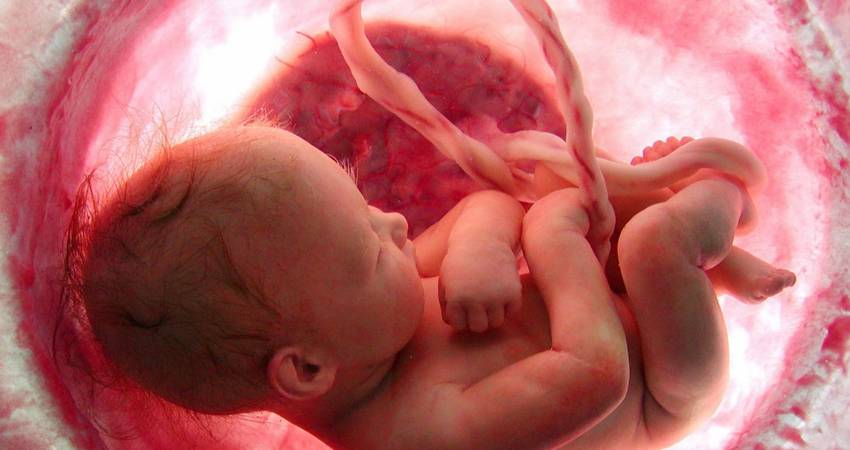
The mainstream media and photos of dead children
For today, at least, the debate over whether graphic victim photography is effective at raising awareness is over. Emotionally mauling photographs of a three-year-old refugee child washed up on a Turkish beach have sparked a reaction to the ongoing refugee crisis like nothing else has.
From the Globe and Mail:
In a world filled with graphic horrors, the Western media have become increasingly squeamish about showing what war, famine or death actually look like. There is an understandable fear of upsetting the audience, and a well-founded reluctance to be seen making a market out of the suffering of others. But some upsetting images demand to be seen, precisely because they are a true representation of reality. They show us the world as it is, its cruelties exposed, and not the world as we would wish it to be. And by the shock to our eyes, our conscience may be stirred.
From the Toronto Star:
The image of a police man carrying the body of 3-year-old Aylan Kurdi galvanizes worldwide debate on migration.
…A policeman carrying the lifeless body of a young child from a beach in Turkey has become one of the most visual symbols of Europe’s refugee crisis so far.
That photo and others taken at the scene have sparked outcry throughout the world, bringing the severity of the migrant crisis to the forefront.
From BBC World News:
An image of one of the victims – a young boy lying face down on the beach – has sparked an international outcry over the human cost of the crisis.
From The Independent:
If these extraordinarily powerful images of a dead Syrian child washed up on a beach don’t change Europe’s attitude to refugees, what will? The Independent has taken the decision to publish these images because, among the often glib words about the “ongoing migrant crisis”, it is all too easy to forget the reality of the desperate situation facing many refugees.
From ABC News:
Peter Bouckaert, the director of Human Rights Watch, wrote a post about how he thought “long and hard” before deciding to share one of the photos.
“Some say the picture is too offensive to share online or print in our newspapers. But what I find offensive is that drowned children are washing up on our shorelines, when more could have been done to prevent their deaths,” he wrote. “It was not an easy decision to share a brutal image of a drowned child. But I care about these children as much as my own. Maybe if Europe’s leaders did too, they would try to stem this ghastly spectacle,” Bouckaert added.
“There is a road from the eye to the heart,” G.K. Chesterton once wrote. And perhaps nothing quite stirs our hearts like pictures of dead children, children who had so much to offer but are now gone so soon. Instinctively, we recoil, as we recognize that their end followed their beginning with tragic speed. And intuitively, we recognize these photographs as an indictment on all those who allowed such things to take place without doing we could, without lifting our hands to help, and without raising our voices in protest.
Johnaton Van Maren works for the Centre of Bio-ethical Reform in Canada and is an avid blogger, pro-life activist and radio host
Featured
- Campaign to stop EU funding out of state abortions - tell your EU commissioner to vote NO
- Judge recuses himself from case of woman praying in censorship zones for “apparent bias”
- I’m a Celebrity star criticises “sad” UK law that aborts babies with Down Syndrome up to birth
- British actress speaks out on “serious risk” assisted suicide bill has for those with eating disorders
- Caplan’s “Tragic Hysteria of Abortion” discusses the flaws with mainstream Turnaway Study interpretations
- Backlash as Scotland report proposes legalising sex-selective abortion up to birth
- Canada hits new record as 1 in 20 deaths a result of Euthanasia
- Ben Scallan defends pro-life on TV show Dinner with the Enemy
- Influencers share the loss of their beloved unborn baby
- Dublin woman with cancer says unborn child was sent to save her
- Mother and baby doing well after surgery for mother’s cancer during pregnancy
- Josiah: Abortion Survivor
- Loving the Unborn
- Rally for Life 2025
- Don't assist Suicide 2024


























